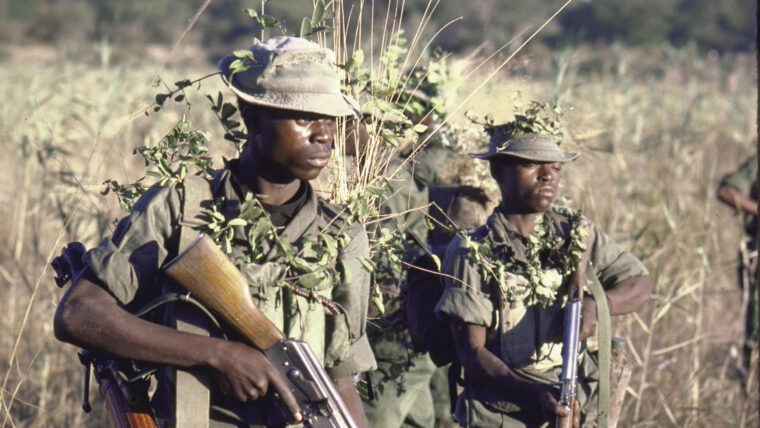
Bloody Clash On The Lomba
By William StroockWith its pro-Western ally in southern Angola facing destruction by an all-out communist offensive in 1987, Apartheid South African President P.W. Read more

With its pro-Western ally in southern Angola facing destruction by an all-out communist offensive in 1987, Apartheid South African President P.W. Read more
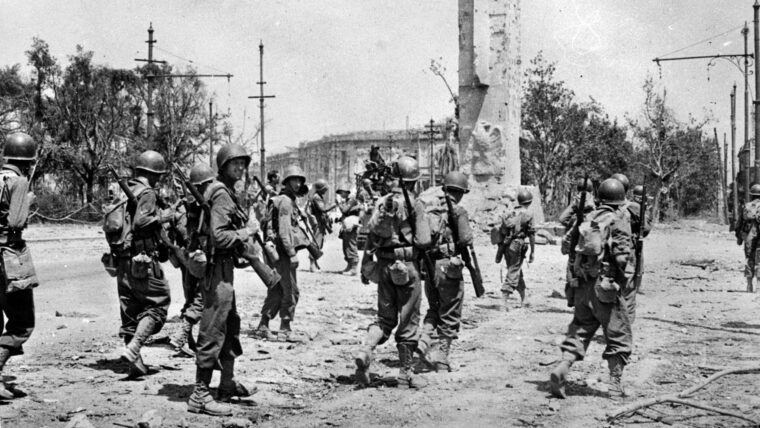
Sergeant Alfred Johnson peered from behind a boulder on a rock-strewn hillside at Piano Lupo about six miles inland from the southern coast of Sicily. Read more
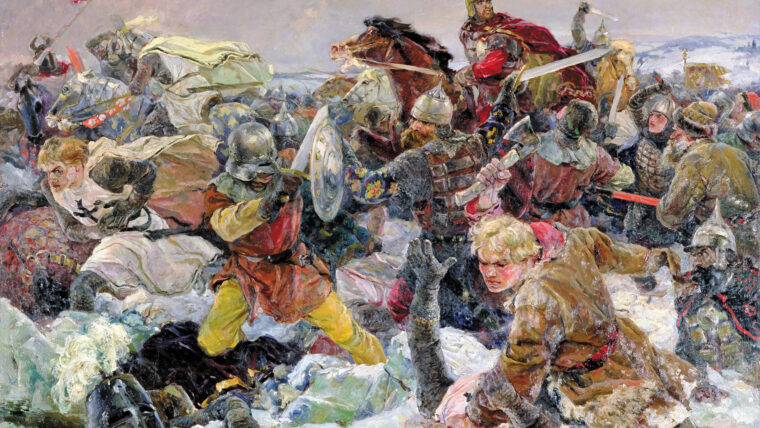
In 1242, Russian Prince Alexander Nevsky faced the armored might of the Teutonic knights. Generals Alexander Suvorov and Peter Kotlyarevski were Napoleon’s contemporaries, while General Mikhail Skobelev exemplified the panache of the Victorian Era. Read more
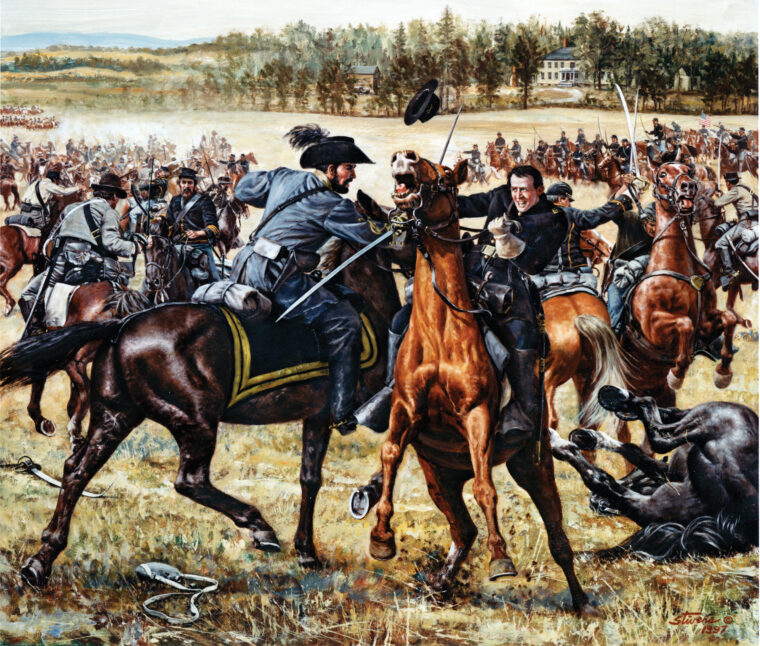
Major General James Ewell Brown Stuart was in all his glory. It was June 8, 1863, and the Confederate cavalry commander was putting on a grand review of his horse soldiers on a plain west of the Rappahannock River near Brandy Station, Virginia, for none other than General Robert E. Read more
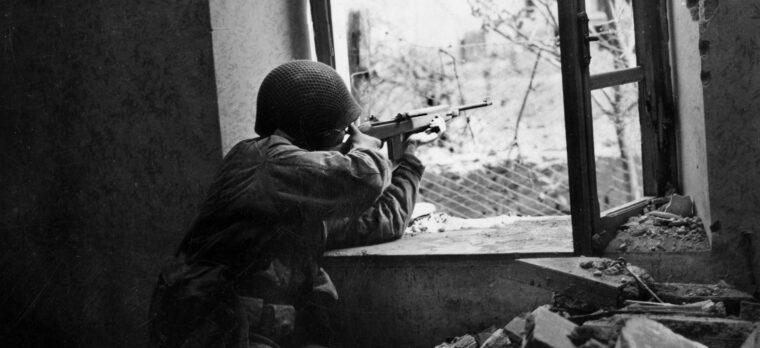
The sunrise on February 16, 1944, dawned foggy over the Via Anziate—the only highway between Anzio and Rome. Read more
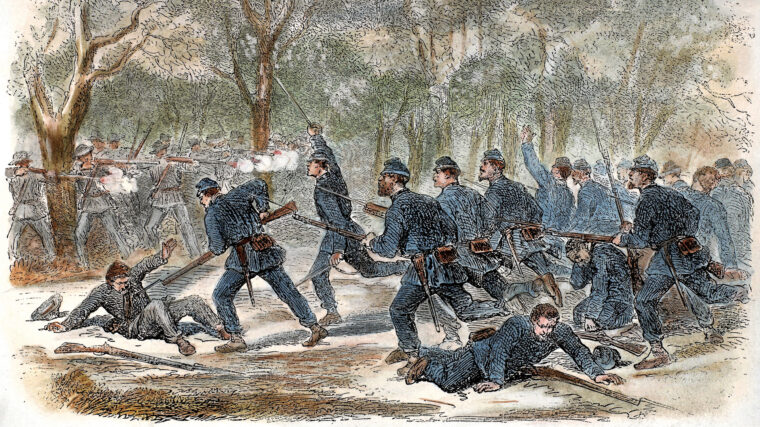
It was almost dark when Captain Chase Philbrick led a reconnaissance party of 20 volunteers from Company H of the 15th Massachusetts Infantry across to Harrison’s Island situated in the middle of the Potomac River. Read more
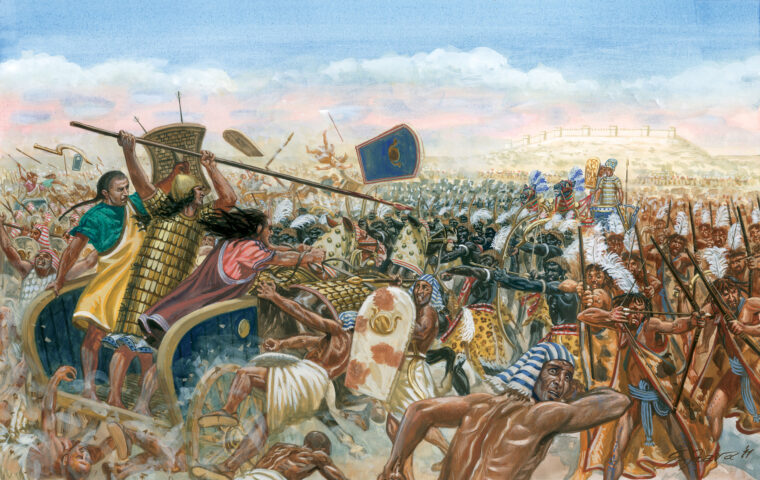
In the cold, early morning of a day in late May 1274 bc, the Egyptian troops of the Re corps were abruptly awoken with shouts, kicks, or nudges. Read more
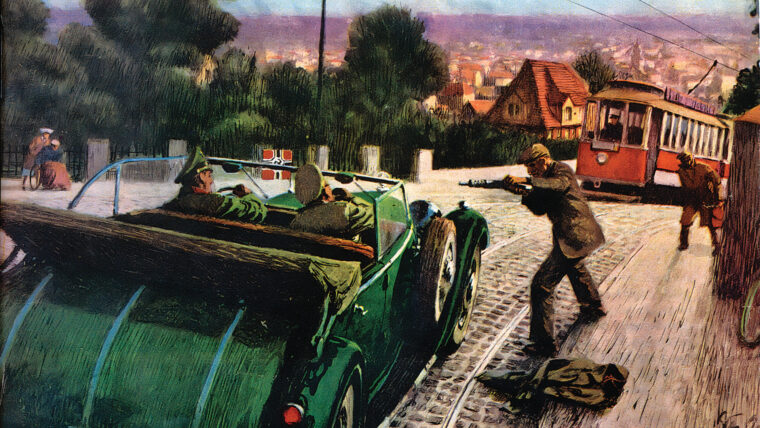
In a desperate bid to avoid another war in Europe, both Britain and France signed the notorious Munich Agreement in 1938, which annexed the Sudetenland of Czechoslovakia to the Nazis. Read more
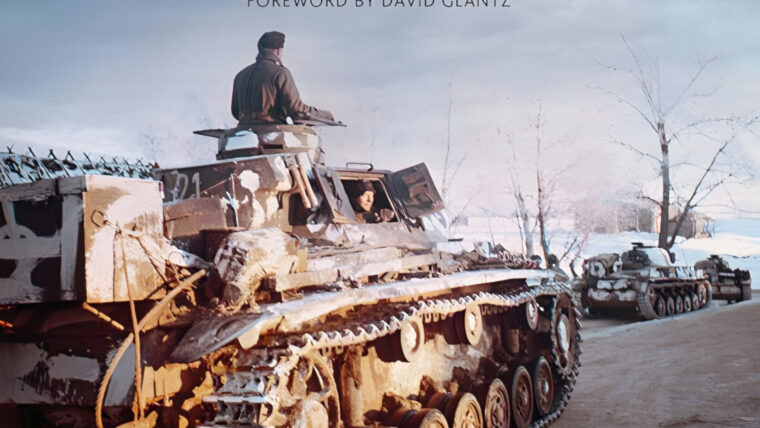
A trio of Soviet T-26 light tanks sit isolated in a field, green grass reaching the tops of their tracks. Read more
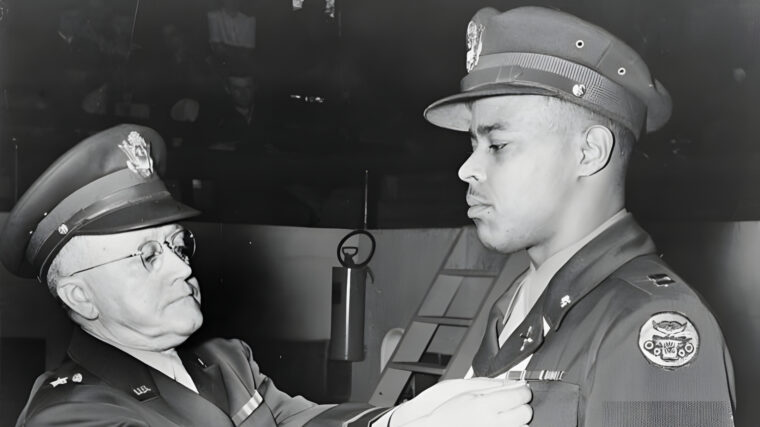
The men of the 614th Tank Destroyer Battalion fought two opponents during World War II. From the moment they began their training in 1942, the African American soldiers assigned to the unit faced the prejudice endemic in American society of the time, and by extension the United States Army. Read more
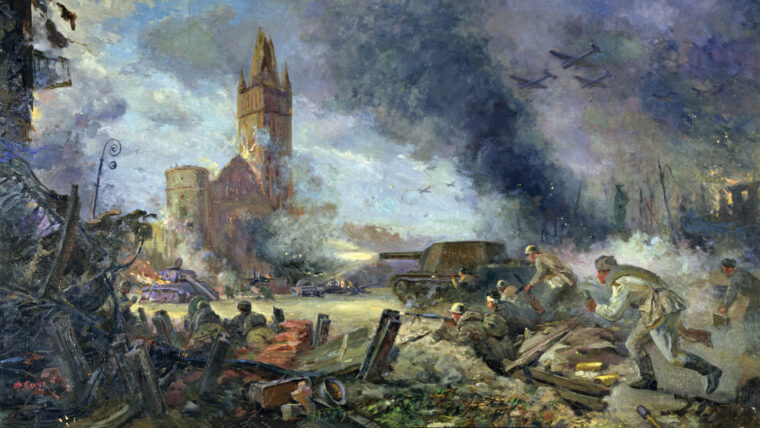
The storming of Fortress Königsberg in April 1945 was the finale of a two-month Soviet siege. The city, one of the few triumphs of Hitler’s fortress strategy, had been encircled by late January and lay hundreds of kilometers behind the main front line by the time the Soviets launched their final assault toward the Nazi capital of Berlin. Read more
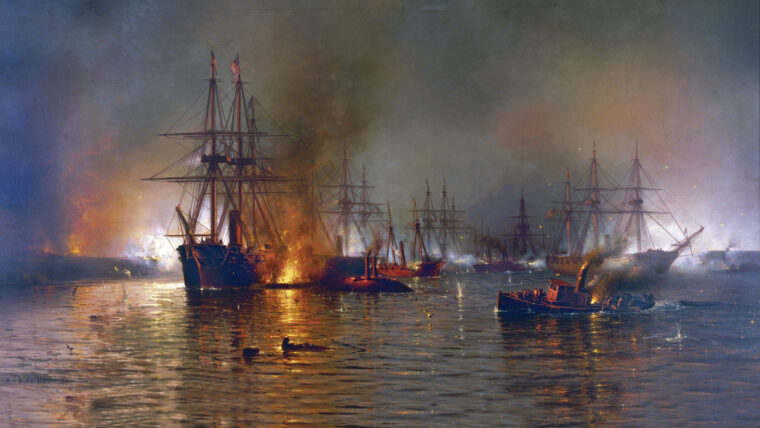
The victory at Manassas on July 21, 1861, had made the Rebels overconfident bordering on lethargic. As one observer noted, “It created a paralysis of enterprise that was more damaging than disaster was for the North.” Read more
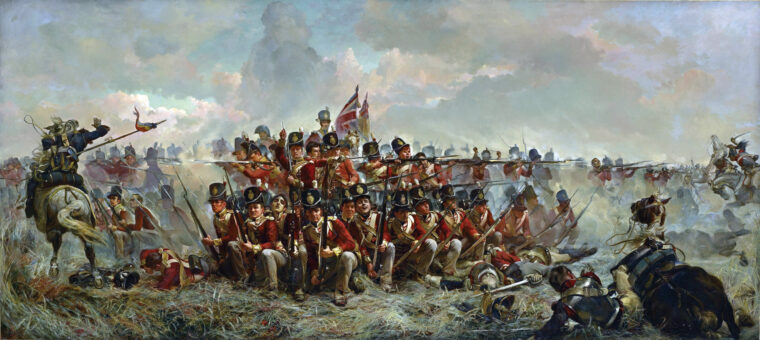
With two hours of daylight left, French Emperor Napoleon I saw his chance to make the Battle of Waterloo his greatest victory. Read more
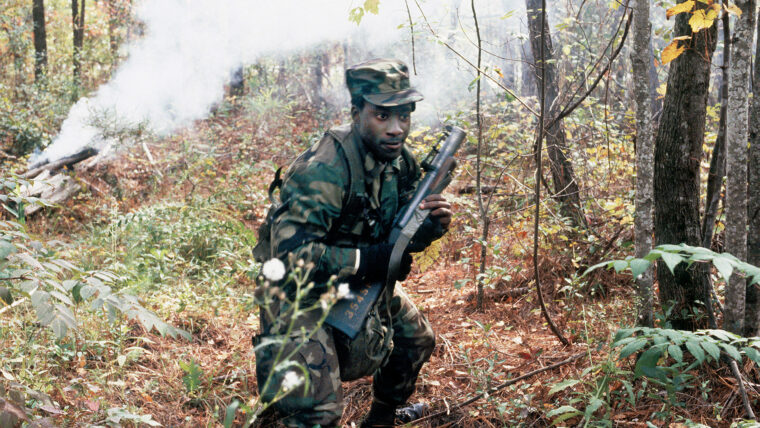
I fired the M79 grenade launcher in advanced infantry training at Fort Dix, New Jersey, in 1965, and had one on the back seat of my machine-gun jeep during my tour of duty in South Vietnam in 1966-1967 as a member of the U.S. Read more
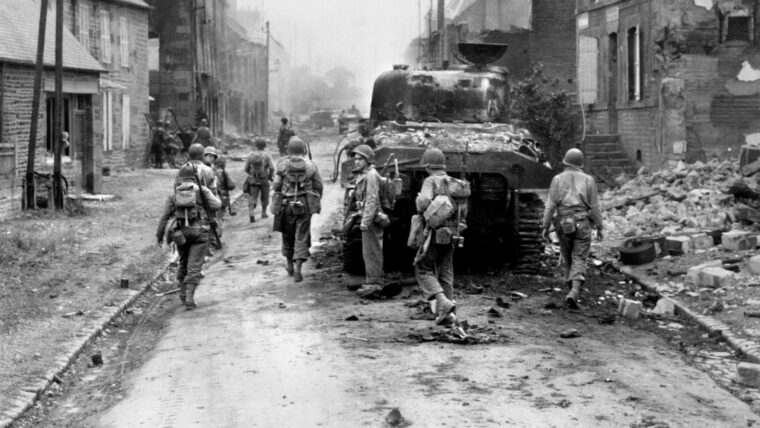
When the 230th Field Artillery Battalion was attached to the 30th Infantry (“Old Hickory”) Division in Mortain, France, on August 6, 1944, many of its men had already received their baptism of fire in Normandy. Read more
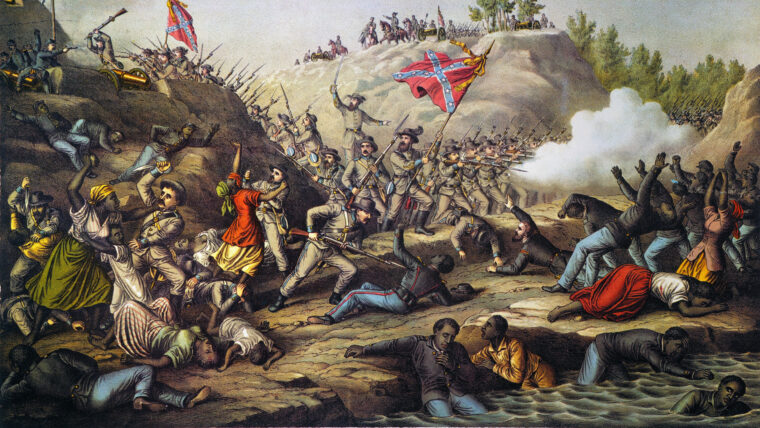
As dawn broke on April 12, 1864, the Union garrison manning Fort Pillow, a small redoubt on a cliff overlooking the Mississippi River in West Tennessee, found itself surrounded by 1,500 Confederate cavalrymen led by Maj. Read more
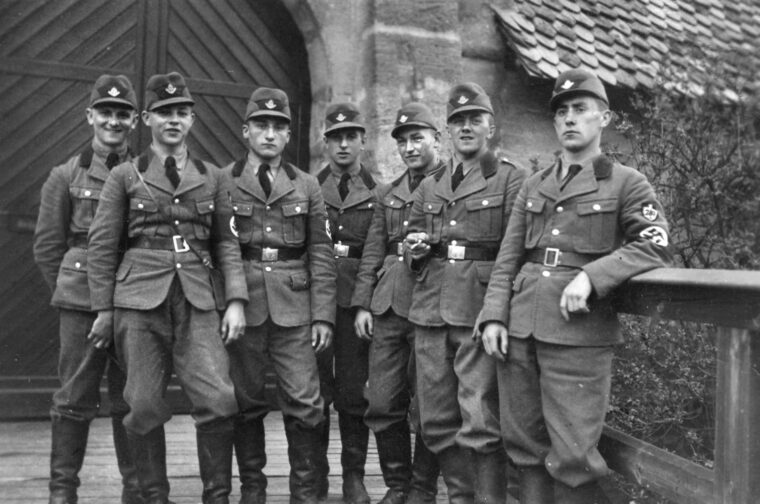
Backstory: My father, Karl Fuchs, was a German soldier in World War II who fought and died on the Eastern Front. Read more
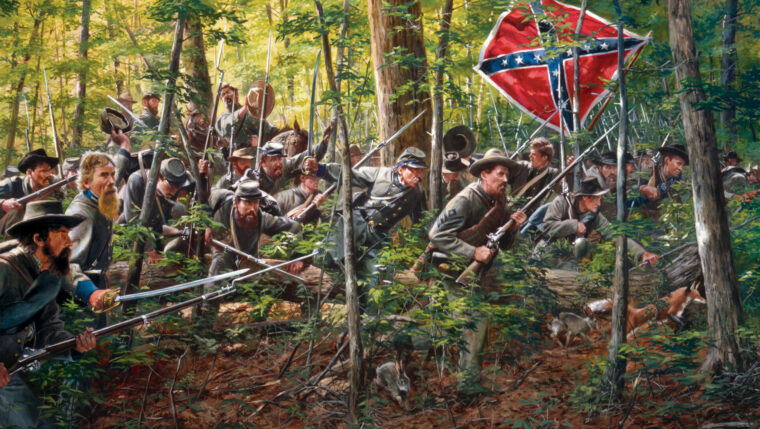
The two Union generals faced each other on the afternoon of May 1, 1863, at the large house by the Orange Turnpike that had been chosen as the headquarters of the Army of the Potomac. Read more

Nearly 20 years ago, I met a fellow in Germany (we’ll call him “Hans”) who was on his life’s quest to find one of mankind’s greatest treasures and solve one of WWII’s greatest mysteries—the fabulous Amber Room. Read more
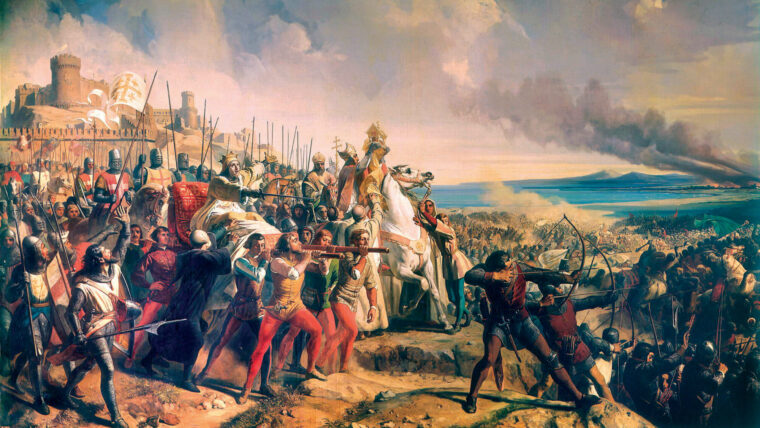
In November 1177, Saladin launched his first significant military campaign against a crusader state. With 26,000 men, siege engines, a huge baggage train, and his own personal force of elite Mamluk bodyguards, Saladin marched his Ayyubid army across the Sinai Desert from Egypt into southern Palestine. Read more